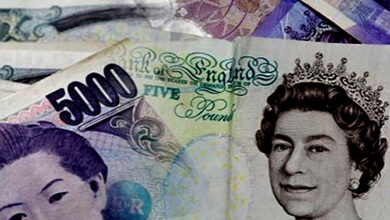Asia’s foreign exchange markets aren’t moving much because of nonfarm payrolls.

Most Asian currencies didn’t move much on Friday because people were being careful before a big U.S. jobs report. The dollar was also under pressure because the Federal Reserve kept sending hawkish signals.
The South Korean win was an exception. It went up by 0.4% and added to recent gains because people thought the South Korean government would continue to intervene in currency markets. This week, the team rose from a 13-year low.
Related: Asia’s foreign exchange market gets better, but the Fed’s hawkishness helps caps.
This week, the South Korean Won was expected to gain about 2.6%, which would be its best weekly performance since March 2020. On Friday, the South Korean government also promised to stabilise the local markets and bring inflation under control.
On Friday, the Indian rupee fell 0.3% against the dollar and hit an all-time low of 82.356. This was because of the sharp rise in oil prices this week. Even though the Reserve Bank has intervened and raised interest rates, the currency has stayed near record lows for most of 2022.
The Japanese yen was weak around 145 to the dollar, even though data showed that household spending fell in August. This means that the world’s third-largest economy will have to deal with more pain in the coming months. This year, Japan is also having trouble with high commodity prices and a very weak yen.
The Malaysian ringgit lost 0.4%, which was the most in Southeast Asia. The offshore yuan of China also lost 0.2%. China had a week-long holiday, so its markets were closed.
After losing ground recently, the dollar index got back on track and was trading flat around 112.13. Dollar index futures were also affected.The U.S. dollar went up overnight after several Federal Reserve officials said again that the bank wasn’t likely to become more dovish soon.
The focus is now on the U.S. nonfarm payrolls data, which is due out later on Friday. The Fed will be able to keep raising interest rates sharply as long as the reading shows steady growth in the job market.
Still, data released on Thursday showed that the number of weekly jobless claims in the U.S. went up a little more than expected, which could mean that the job market is weakening.
Related: Asia’s markets were shaky because of the possibility of a recession.
This year, Asian currencies have dropped sharply because of rising U.S. interest rates and a stronger U.S. dollar. Since the Fed hasn’t shown any signs of wanting to change its “hawkish” position, this trend is likely to keep going in the coming months.





